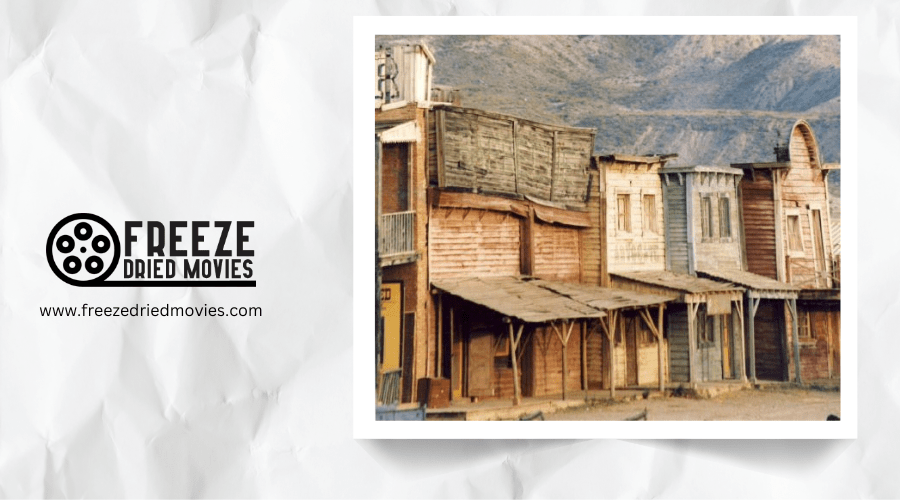The Art of Pyrotechnics in Classic Spaghetti Western Shootouts
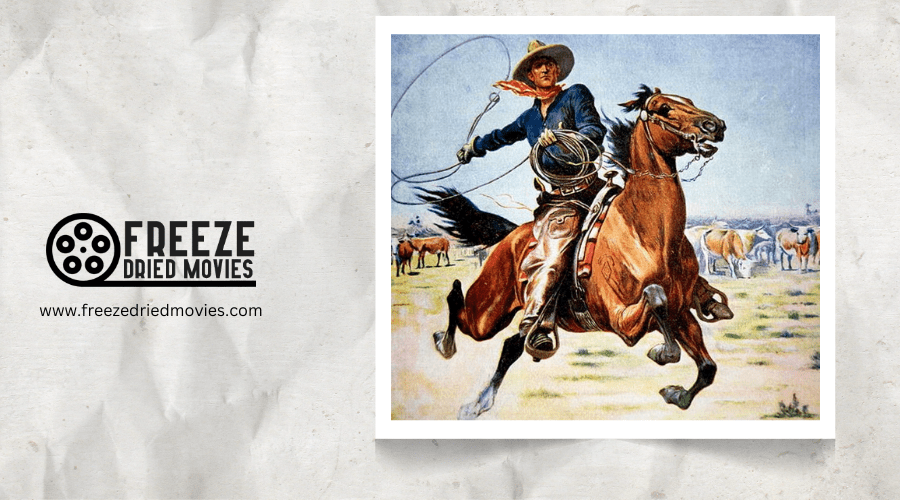
When you watch that Sergio Leone gunfight, you're not just seeing actors pretending to shoot each other. You're witnessing a carefully choreographed explosive dance. Those blood spurts? Squibs packed with red dye. That building explosion? Real dynamite charge.
The spaghetti western revolutionized action filmmaking through raw, visceral pyrotechnics. Directors like Leone, Corbucci, and Castellari didn't just tell stories of violence—they made you feel every bullet impact through innovative practical effects that still influence today's biggest blockbusters.
Explosive Innovations: The Technical Evolution of Western Gunfights
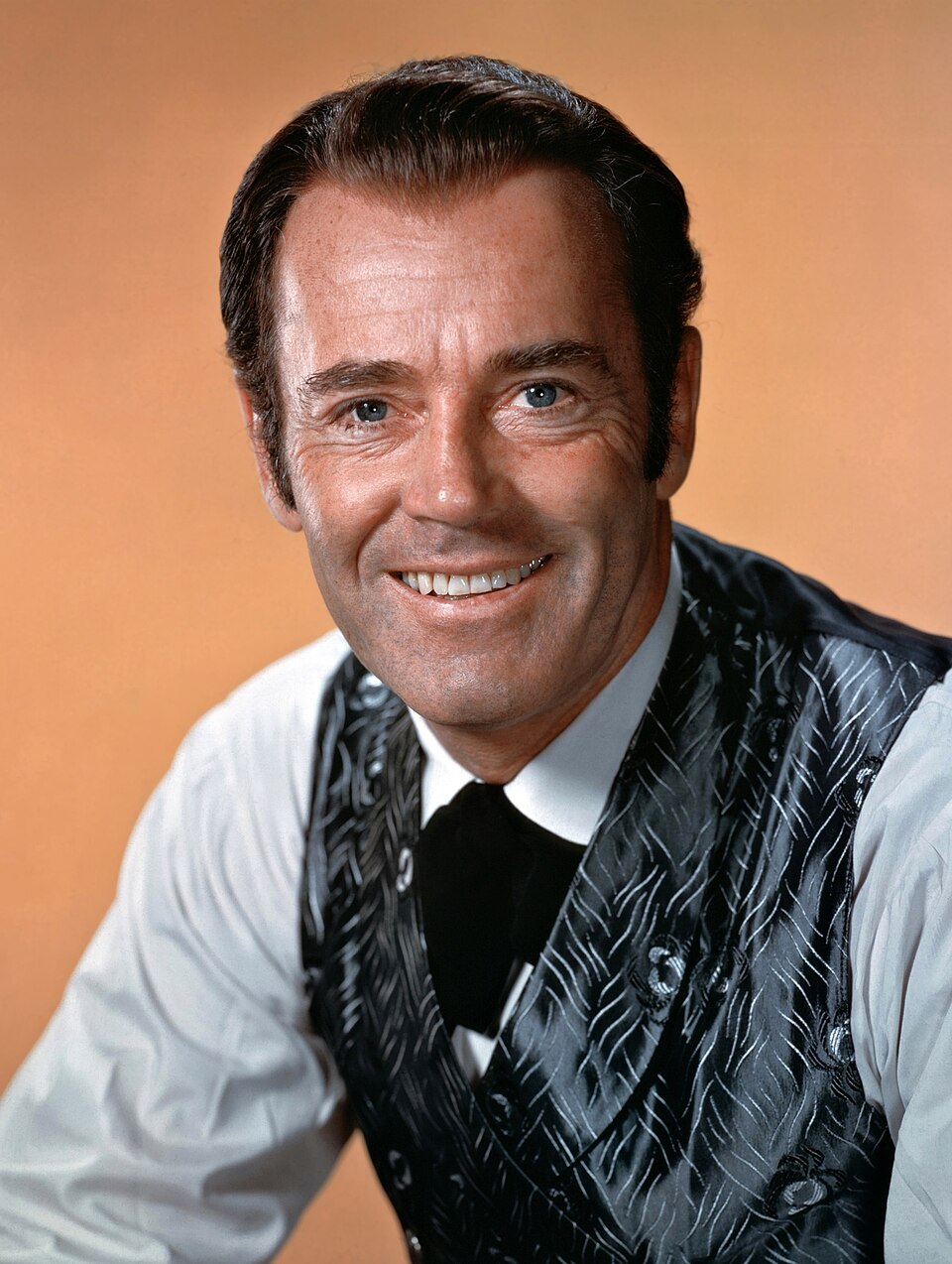
How did the humble Western gunfight transform from simplistic bang-bang exchanges into the visceral, blood-splattering spectacles that defined the Spaghetti Western genre? The answer lies in revolutionary pyrotechnic techniques that forever changed action filmmaking.
You'll find the genius in the details: explosive squibs hidden beneath actors' clothing created realistic bullet impacts when precisely detonated. Spaghetti Western technicians meticulously controlled the size and timing of these devices, dramatically heightening the sense of danger.
The innovation didn't stop there. Pyrotechnic experts experimented with various gunpowder compositions to produce more dramatic muzzle flashes, while new camera angles and advanced stunt coordination captured the raw energy of each explosion from unprecedented perspectives, cementing the genre's reputation for kinetic, unflinching violence.
These techniques reached their pinnacle in films like "Once Upon a Time in the West" where Henry Fonda's villainous turn as the sadistic Frank demonstrated how explosive special effects could amplify the shocking subversion of traditional Western hero archetypes.
Masters of Destruction: Key Directors and Their Pyrotechnic Signatures

Five visionary directors defined the explosive aesthetic of spaghetti westerns, each leaving a distinctive pyrotechnic signature on the genre. Leone crafted elaborate, slow-motion shootouts with large-scale explosions and meticulous sound design, while Castellari pioneered real pyrotechnics and stunt work for visceral gunfights.
Corbucci's gritty approach used explosives to heighten brutality, creating a raw visual language that influenced countless filmmakers including Francis Ford Coppola, who would later incorporate similar techniques in his iconic crime films.
You'll recognize these directors' distinctive styles through:
- Camera techniques - Petroni's innovative angles intensified gunfire impacts
- Visual pacing - Leone's deliberate slow-motion explosions versus Castellari's chaotic bursts
- Sound integration - The marriage of detonation visuals with carefully crafted audio cues
Damiani's pyrotechnic-heavy sequences completed this revolutionary quintet, redefining action filmmaking in the late 1960s spaghetti western era.
The Psychology of Fire and Smoke in Spaghetti Western Showdowns
Beyond the technical brilliance of pyrotechnics in spaghetti westerns lies a deeper psychological dimension that directors deliberately exploited. When you witness explosive charges detonating and smoke billowing across the screen during intense gunfights, you're experiencing a calculated manipulation of your primal instincts.
These visceral elements weren't mere spectacle. Directors and pyrotechnicians collaborated to choreograph flames and smoke that symbolized the randomness and brutality of violence. The unpredictable nature of fire created an immersive atmosphere that triggered your fight-or-flight response, even from the safety of your seat.
This psychological immersion transformed shootouts from simple action sequences into emotional experiences. The strategic timing of explosions and thick smoke heightened tension while evoking raw fear and adrenaline—sensations that lingered long after the gunsmoke cleared. Similar to how The Shining (1980) builds tension gradually through visual elements, spaghetti westerns used pyrotechnics to create a mounting sense of unease and impending violence.
From Squibs to Dynamite: Creating Spectacular Death Scenes
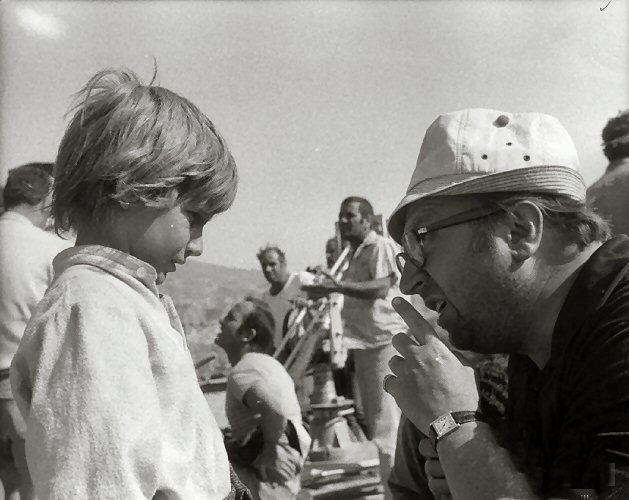
The battlefield realism of spaghetti western gunfights hinged on innovative pyrotechnic techniques that transformed on-screen deaths from theatrical falls to visceral, shocking moments. When you watch "Once Upon a Time in the West," you're witnessing the evolution of special effects that revolutionized cinema violence.
These explosive innovations created a signature style that was pretty good at engrossing audiences through:
- Small squibs hidden under clothing that mimicked bullet impacts with unprecedented realism
- Massive dynamite charges that launched actors through the air or demolished entire structures
- Carefully choreographed shootout sequences where directors like Leone and Corbucci maximized pyrotechnic drama
This technical progression from simple squibs to elaborate explosive setpieces reflected the genre's transformation from gritty authenticity to spectacular visual storytelling that still influences filmmaking today.
Pyrotechnic Legacy: How Spaghetti Western Effects Influenced Modern Action Cinema
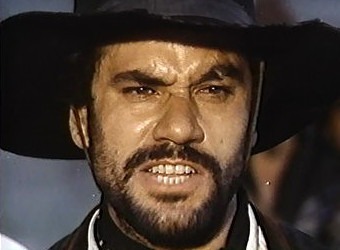
Countless modern blockbusters owe their explosive visual vocabulary to the pioneering pyrotechnic work of spaghetti western directors. When you watch today's action sequences, you're seeing the direct descendants of techniques developed by Sergio Leone and Enzo G. Castellari.
These visionaries transformed on-screen violence through innovative applications of squibs, controlled fireballs, and explosive charges. Actor Aldo Sambrell, a frequent villain in these films, often found himself at the center of these groundbreaking pyrotechnic displays. His death scenes exemplified the genre's graphic, stylized approach to gunfights.
You'll notice this influence in contemporary directors who employ similar methods to create visceral action sequences. The spaghetti western's gritty, explosive aesthetic didn't just entertain audiences—it fundamentally reshaped how filmmakers approach and execute high-impact visual storytelling in action cinema.



